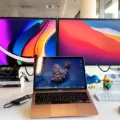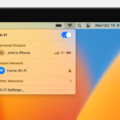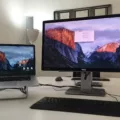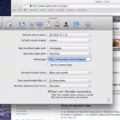Are you looking to change the resolution of your second monitor? Do you need help adjusting the resolution on your Mac? Changing the resolution of a second monitor can be a tricky process, especially if you’re not sure what you’re doing.
Fortunately, we have all the tips and instructions you need to make this task easier. In this blog post, we’ll explain how to change the resolution of a second monitor on your Mac and give you some helpful advice for getting the best results.
Before we get started, it’s important to note that adjusting the resolution of your second monitor may affect how some applications display their content. It is always best practice to try out different resolutions before making any permanent changes.
To adjust the resolution on your Mac, open System Preferences from the Apple menu in the upper left corner of your screen. Select Displays from the list of options and click Display Settings in the upper right corner. Select your external display in the sidebar and press and hold down the Option while clicking Scaled to see additional resolutions. Choose a resolution that works best for you and click Done when finished.
In macOS Monterey, changing resolutions is slightly different: Open System Preferences > Displays and click Display Settings again. This time select Variable from the Refresh Rate pop-up menu instead of selecting additional resolutions manually.
If you’re using Windows, open Display Settings by right-clicking on your desktop and then selecting Display Settings. Select the external display you want to adjust and then choose a desired resolution under Display Resolution.
Finally, if you want both displays to show different content, open System Preferences > Displays again then select the Arrangement tab at top of the window (do not check the Mirror Displays box unless both displays should show the same content). Drag illustrated displays into a desired arrangement before exiting the window.
We hope this blog post has helped shed some light on how to adjust resolutions for a second monitor on both Windows and Mac devices! Remember, it is always best practice to test out different resolutions before making any permanent changes in order to ensure that applications are displaying properly after adjustment is made. Good luck!
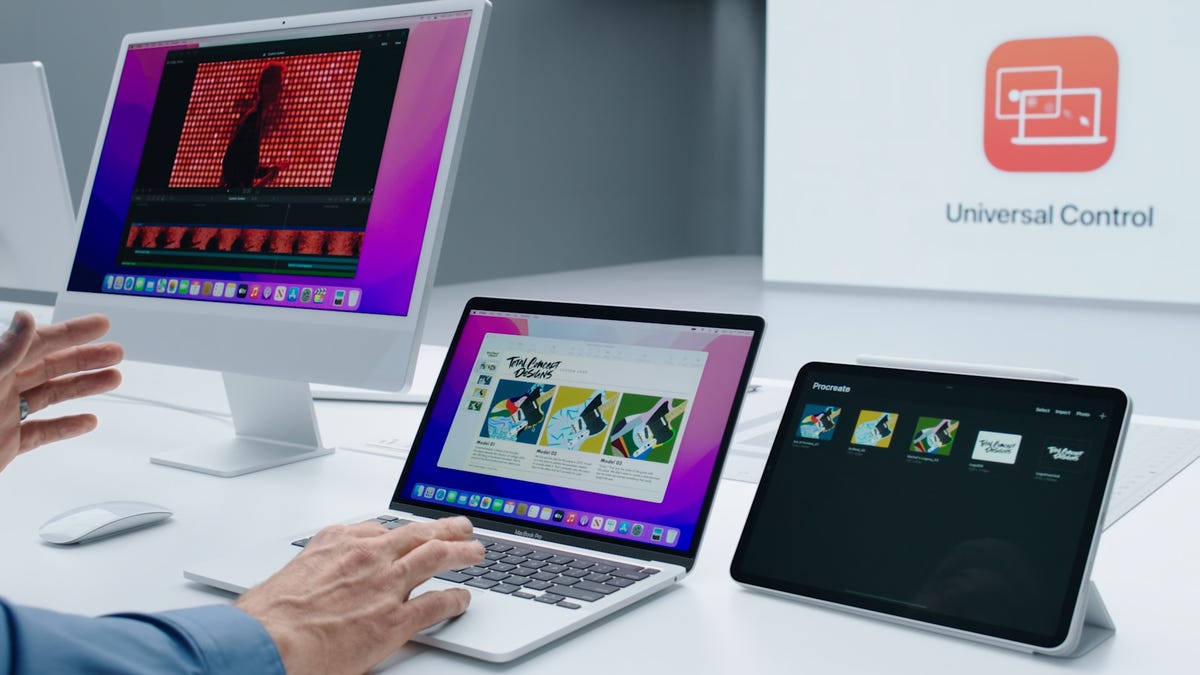
Adjusting Resolution on a Second Monitor for Mac
To fix the resolution on your second monitor Mac, you first need to open System Preferences. From the Apple menu, select System Preferences and then click on Displays. In Display Settings, choose the external display from the sidebar. Then press and hold the Option key while you click Scaled to see additional resolutions. Select a resolution from the list that best fits your needs, then click Done. That should resolve any issues with the resolution of your second monitor Mac.
Making a Second Monitor Fit the Screen on a Mac
In order to get your second monitor to fit the screen on your Mac, you will first need to open System Preferences > Displays. Once you are in this menu, click the Arrangement tab. Make sure that the Mirror Displays tickbox is not selected – unless you want both screens to show the same content. Now, you can drag the displays into the arrangement that you require. Once in the desired arrangement, your second monitor should now fit the screen of your Mac.
Changing the Refresh Rate on a Second Monitor on a Mac
To change the refresh rate on your second monitor Mac, you will need to open the System Preferences. To do this, click the Apple menu. in the top-left corner of your screen, then select System Preferences. Once you have opened System Preferences, click Displays and then Display Settings. Select your external display from the sidebar, then choose Variable from the Refresh Rate pop-up menu. This will enable Adaptive Sync, which will automatically adjust the refresh rate based on your content. If you would prefer to use a fixed refresh rate instead of Adaptive Sync, choose one of the available options instead.
Changing Monitor Resolution
In order to change your monitor resolution, you will need to open Windows Display Settings. You can do this by right-clicking on your Desktop and selecting Display Settings. Once the settings page has opened, select the display that you wish to change. Under the Display resolution option, select the desired resolution from the list of available options. Once you have chosen your desired resolution, click Apply and then OK to save the changes.
Troubleshooting Resolution Issues on a Second Monitor
First of all, it is important to ensure that your computer is set up to support the display you are using for your second monitor. Make sure that your secondary display’s color depth, pixel count, and interface options are supported by your computer. Additionally, it is important to check the condition of the monitor’s cable to make sure that it is not damaged or malfunctioning. If all of these factors are in order and you are still having resolution issues with your second monitor, then it may be a problem with the computer’s display drivers. Updating or reinstalling the display drivers may help resolve this issue.
The Impact of Different Monitor Resolutions on Dual-Monitor Setups
When you add a new, higher-resolution monitor to your system, it may not display correctly because it may be trying to match the settings of your primary monitor. The resolution of the two monitors can be different as each one is designed differently and has a different number of pixels, which affects how much information can be displayed on each screen. To resolve this issue, you will need to manually change the resolution settings for both monitors so that they are at the same resolution. This can usually be done in the system display settings or through the video card’s control panel.
Does Changing Mac Scaling Affect Resolution?
Yes, Mac scaling does change resolution. Apple has designed the scaling feature to allow users to use 4K resolution (3840 x 2160) without the icons and fonts being too small and uncomfortable. The image looks Full HD (1920 x 1080), but the monitor is actually receiving a 4K quality signal. This is done to provide users with a better viewing experience while using 4K resolution.
Increasing Screen Resolution to 1920×1080
To increase your screen resolution to 1920×1080, you will need to open your Display settings. Scroll to Scale and Layout, then find the option for Display resolution. From here, you can choose an option that is set to 1920×1080. Keep in mind that this resolution may not be suitable for all monitors, so it is always best to stick with the one that is marked (Recommended).
Making Two Windows Fit a Mac Screen
To make two windows fit your Mac screen, you can use the full-screen button in the upper-left corner of each window. Hold your pointer over the button, or click and hold it, then select either “Tile Window to Left of Screen” or “Tile Window to Right of Screen” from the menu. The windows will then fill both sides of the screen.
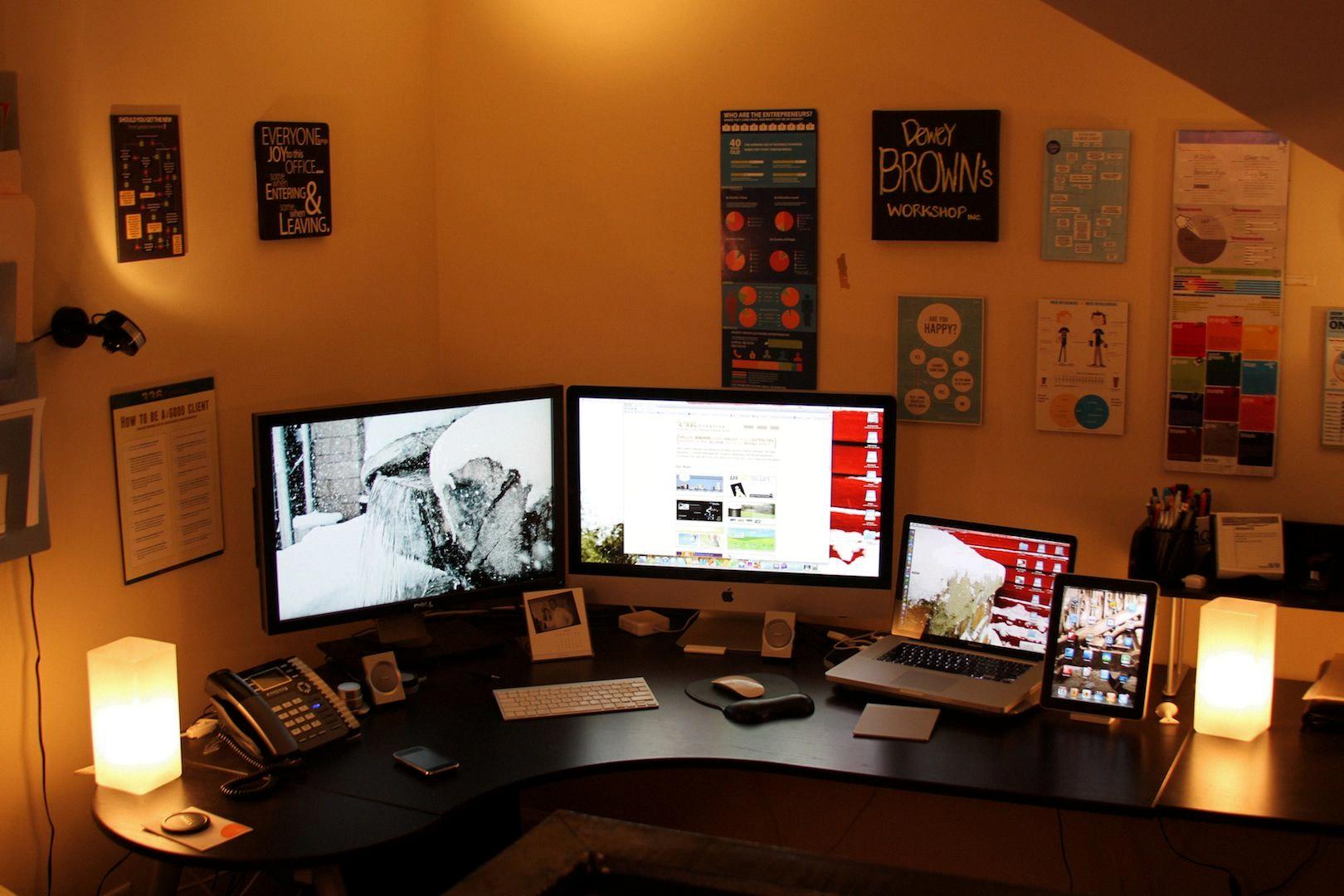
Source: pinterest.com
Using Two Monitors with Different Refresh Rates and Resolutions
Yes, you can have two monitors with different refresh rates and resolutions. For the two monitors to work together, your graphics card must be able to support both monitors’ refresh rates and resolutions. Generally speaking, most modern graphics cards are powerful enough to handle multiple monitors with different resolutions and refresh rates.
However, it is important to consider the amount of stress that these differences may put on your GPU. If you are using a mid-range or lower-end GPU, then it is recommended that you use two monitors with similar refresh rates and resolutions in order to minimize any potential issues.
Using a 144Hz Monitor with a Mac
Yes, you can use a 144Hz monitor with a Mac. The new Macs with M1 chips are capable of running at full resolution 3840 x 1600 at 144Hz when connected to a monitor via Thunderbolt cable or USB-C to DisplayPort cable. Such an incredible monitor is great for gaming and other tasks that require high refresh rates.
The Impact of a Second Monitor on Mac Performance
No, using an external monitor will not affect the performance of your Mac. Connecting an external monitor will simply give you more screen space to work with, and depending on the resolution of the monitor you’re using, you may even get a sharper image than what is available on your Retina display. In terms of gaming, having a higher-resolution external monitor may cause a slight decrease in frame rate due to the additional load on the GPU, but this is usually negligible and won’t be noticeable in most cases.
Unable to Adjust Monitor Resolution
It’s possible that you cannot change your monitor’s resolution because the display driver is either corrupted or incompatible with your system. To resolve this issue, you’ll need to update or reinstall the display driver.
In some cases, the issue may be related to an outdated graphics card driver, so you’ll also want to check if that is up-to-date. Additionally, your computer’s operating system may be unable to support a higher resolution than what is currently available.
To make sure that all of the correct drivers are installed, it is best to download and install the latest version from the manufacturer’s website. This should allow you to access and configure all of the available resolutions for your monitor.
Troubleshooting Monitor Resolution Issues
There could be a few reasons why your monitor won’t go to the correct resolution. The most likely cause is that your graphics card isn’t up to date. To check this, open up your device manager and navigate to the ‘Display Adapters’ section. If you can see a yellow warning sign next to it, you need to update your driver.
Another possible cause could be the cable connecting your monitor to your graphics card. Make sure that it is firmly connected and try using a different type of cable e.g DisplayPort or HDMI.
Finally, if you’re still having issues, it may be worth checking the settings on the monitor itself, as some monitors have an option to manually set the resolution.
Changing the Resolution on an HDMI Monitor
To change the resolution on an HDMI monitor, you need to access the Display Settings on the device that is connected to the HDMI monitor. Depending on what type of device you are using, this may be found in different locations. For example, on Windows or Mac computers, you can access Display Settings through the Control Panel or System Preferences. On most mobile devices, you will find Display Settings in the Settings menu.
Once you have opened Display Settings, look for an option labeled “Resolution”. Here you can select which resolution you would like your HDMI monitor to use. Selecting a higher resolution will make images and text appear sharper and clearer, while selecting a lower resolution may improve performance if your device is struggling with a higher resolution.
Once you have made your selection, confirm the chances and wait for them to take effect before continuing to use your HDMI monitor.
Conclusion
In conclusion, it is possible to change the resolution of a second monitor in both macOS Monterey and Windows. To do this, you can use either System Preferences or Display Settings, depending on your operating system. On macOS, you can select a resolution from the Scaled option while holding down the Option key. On Windows, you can navigate to Display Settings and select the desired resolution under Display Resolution. Once you have selected the correct resolution for your second monitor, you will find that your display will be optimized for better viewing.



